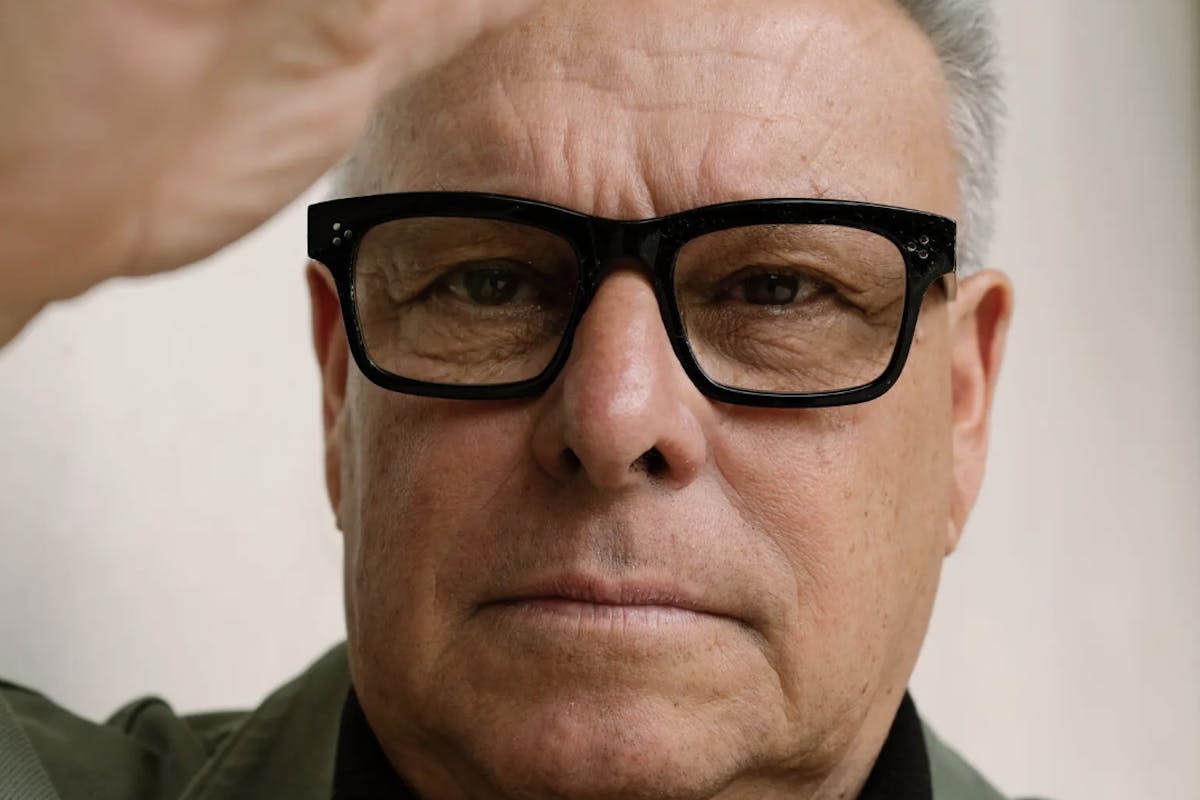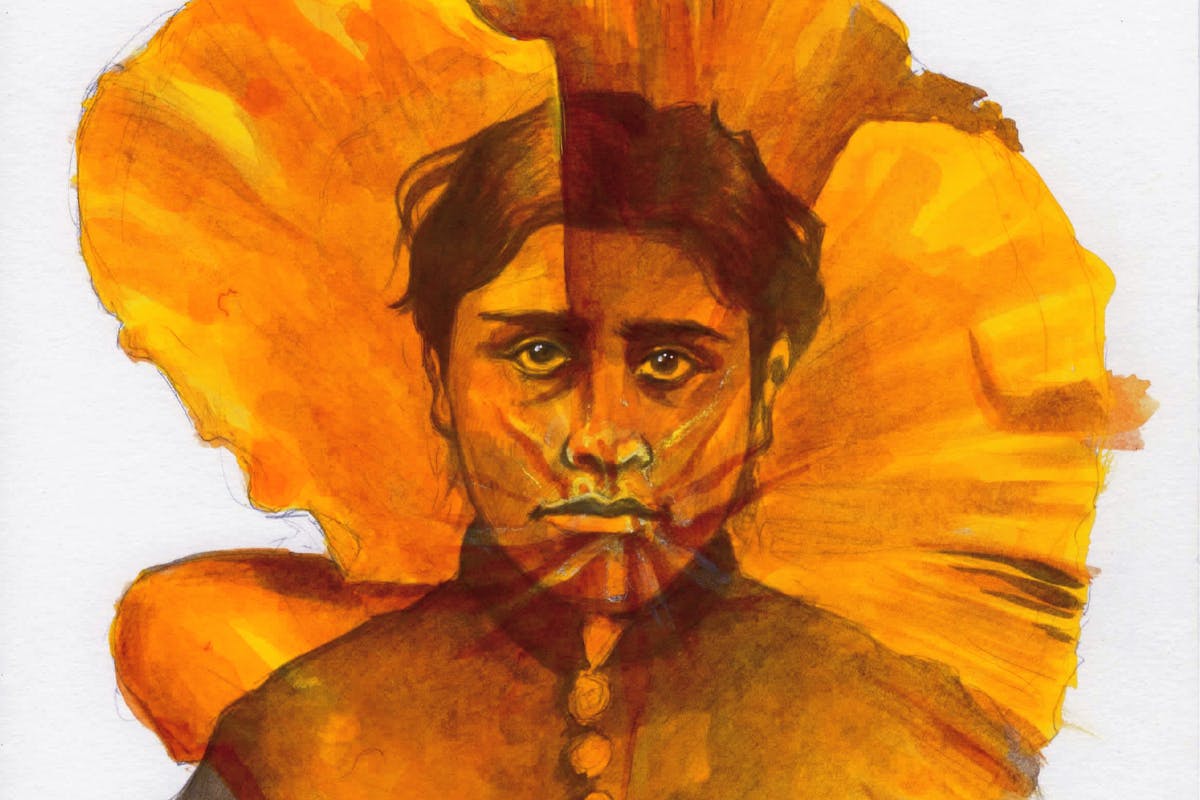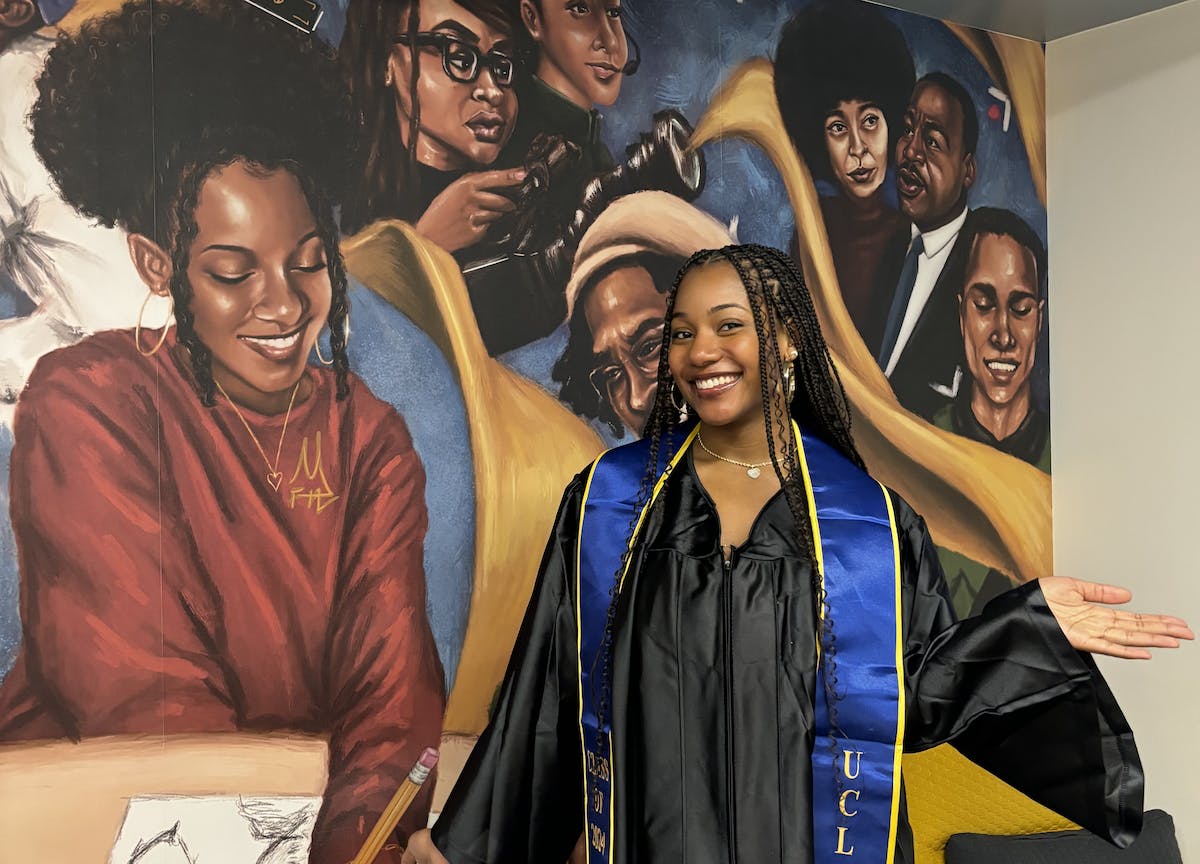The Many Layers of Lari Pittman

Lari Pittman’s career as a painter has been as steady as his compositions are vibrant and urgent.
Based in Los Angeles, Mr. Pittman, who at 70 works every day, has been a museum presence for decades in exhibitions like the 1993 edition of the Biennial at the Whitney Museum of American Art in New York (one of four Biennials in which he has been featured).
In that controversial show, he fairly shouted to viewers to pay attention to the AIDS crisis, prominently placing large lettering in the crowded canvas of one of his works, the words “HEY!” and “S.O.S.,” appearing amid pointy shoes, light bulbs and nooses.
Early on, Mr. Pittman’s densely layered takes on sexuality and gender made an impression on Richard Armstrong, now the outgoing director of the Solomon R. Guggenheim Museum.
“It’s rare to see the combination of relevance, visual metaphor and exquisite execution,” said Mr. Armstrong, who first saw Mr. Pittman’s work in the 1980s. “I can’t think of any other artist that weaves together those three strands like he does.”
Over the decades, Mr. Pittman’s work has evolved, and the fruits of his labor are now on view in two major venues.
At this week’s Art Basel Miami Beach, Lehmann Maupin will feature several of his works, including “Assembly” (2011). Mr. Pittman is Colombian American, and his work reflects the context of the Miami Beach fair, which has made a point of highlighting Latin American art and collectors.
At the Museo Jumex in Mexico City, a retrospective of his work, “Lari Pittman: Lo Que Se Ve, Se Pregunta,” will be on view through Feb. 26. A smaller version of a show that ran at the Hammer Museum in Los Angeles in 2020, it looks back at 40 years of work, from mid-80s paintings which use gourds as a canvases to recent pandemic-era pieces.
Mr. Pittman speaks fluent Spanish, and he and his husband, Roy Dowell, also have a home in Mexico City. (The show’s subtitle, which Mr. Pittman loosely translated as “If you see it, ask about it,” is a riff on an answer that the Mexican singer Juan Gabriel once gave to a reporter asking about his sexuality.)
“It’s a dream come true to have the show here,” Mr. Pittman said on the phone from Mexico City. “I am always interested in how work is reacted to in various cultural settings — it can be quite different.”
Mr. Pittman’s take on the Spanish language reflects his approach to his work.
“Spanish allows for greater register and degree of hyperbole, metaphor, symbolism and exaggeration,” he said. “Even in daily conversation, it’s a more perfumed language.”
For a painter who became known for rendering elaborate patterns and depicting objects more frequently than people — like the filigreed items and lettering that made his name in the 1990s — Mexico is an especially receptive place, he said.
“The culture is set up to view decoration as primary content,” Mr. Pittman said.
Despite that, he said that a big show like the one at the Jumex has its nerve-racking elements, too.
“I never drank my own Kool-Aid,” Mr. Pittman said of his art world reputation.
For many viewers, the most striking part about Mr. Pittman’s art is the density of his compositions and the cloaked symbolism of some images — it is hard to apprehend all their elements in one sitting.
“They aren’t completely legible, and that adds to his power and longevity,” Mr. Armstrong said.
The production of the large works strikes some as similarly mysterious. After a brief flirtation with using a computer at an initial stage in the composition process, he gave that up and went back to being “all analog” around 2000, he said.
“Even knowing him well, I’m still mystified about how he makes these paintings,” said Connie Butler, the chief curator of the Hammer Museum and the organizer of the retrospective (a curatorial assistant at the Jumex, Adriana Kuri Alamillo, also contributed to that version of the show). “There’s no drawing or collage ahead of time, it all happens on canvas.”
Mr. Pittman said that while he did not do the traditional warm-up steps of many painters, “I’m not winging it.”
“The distinction I make is that I don’t work intuitively, I work improvisationally,” he added. “Intuition is emotion-based, and improvisation is more structural. Over 50 years of painting, you develop an improvisational choreography.”
Unlike many successful artists, Mr. Pittman does not have studio assistants. If he needs help in moving a large canvas, he asks his husband, who is also a painter, to help. And when it comes to applying the acrylics and spray paint, he is a solo act.
“Only I touch the paintings,” he said. “Painting fares really poorly when it’s committee work.”
Mr. Pittman was born in Glendale, Calif., and spent part of his early youth in Colombia, where his father was working in the timber industry. The family moved back to the Los Angeles area by the time he went to high school.
He later studied at the California Institute of the Arts, earning his BFA and MFA there. He met Mr. Dowell at the school, and they have been together for 49 years.
The 1970s were a time when artists were debating the viability of painting itself, but that only galvanized Mr. Pittman — who identified himself as “stubborn” — to pursue it.
“It was a wonderful moment,” he recalled. “How do I fix up something that is considered useless?”
Mr. Pittman’s next step was unconventional. He took a job with Angelo Donghia, a prominent decorator, working for him for a decade while pursuing his own painting off hours. Some early canvases included fabric samples from his day job, setting him on a course to employ the metaphorical power of objects and patterns.
“I didn’t want to teach,” Mr. Pittman said of his early career choices. “I wanted to learn more about the world, people and money.” (Later he taught for decades, including a long stint at UCLA.)
In 1985, Mr. Pittman was shot twice during a burglary at his home in Los Angeles; it has caused him lingering medical complications ever since.
“Instead of that personal trauma sinking me, it made me recommit to my life and my work,” Mr. Pittman said. “In a perverse way, it gave me a new life.”
In more recent years, his paintings have become less dense.
“There is more empty space in the background lately, which is uncharacteristic,” Ms. Butler said.
The most recent work in the Jumex exhibition, “Sparkling City With Egg Monuments” (2022), is also the widest, stretching more than 33 feet across.
Formally, the repeating imagery of eggs and the tidier overall arrangement demonstrates how his work has been shifting, as does the utopian theme.
“I want to project into the future,” Mr. Pittman said. “As a feminist, it’s a way of gently but didactically regendering the idea of a city, since men don’t produce eggs.”
Mr. Pittman seemed pleased enough to even float the idea of a whole new medium. “I’d love to make a tapestry of it,” he said.
- New York Times

